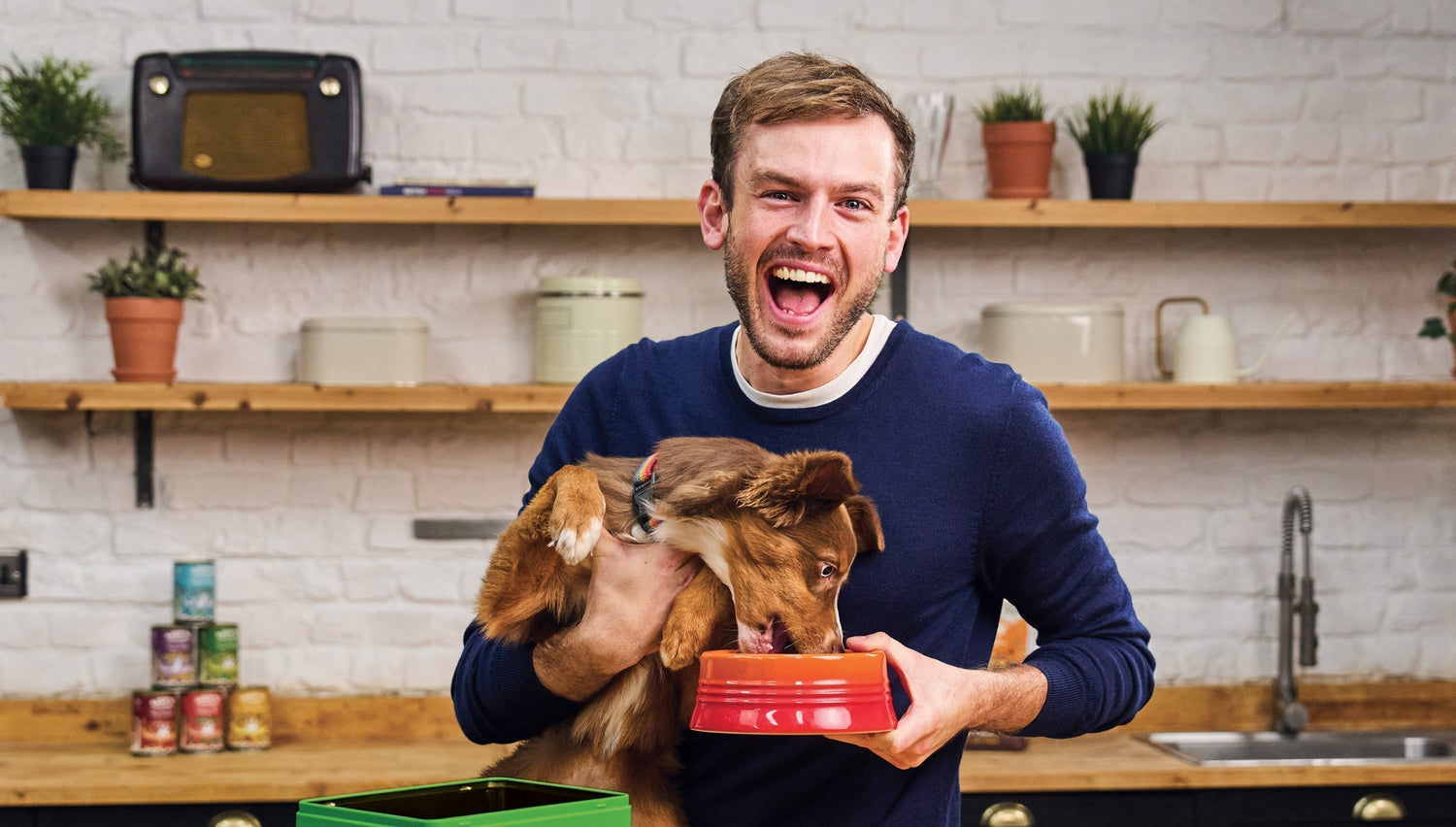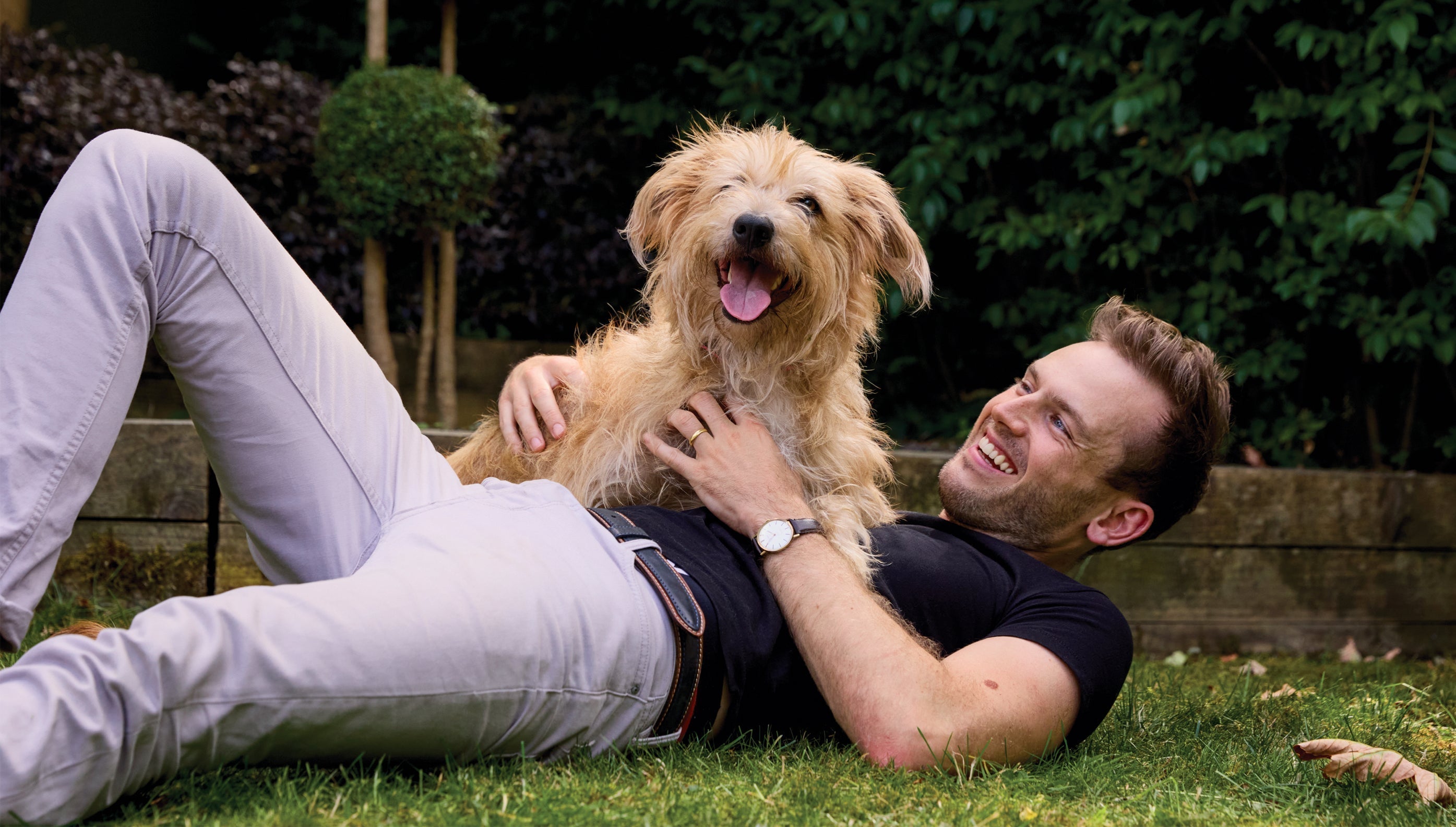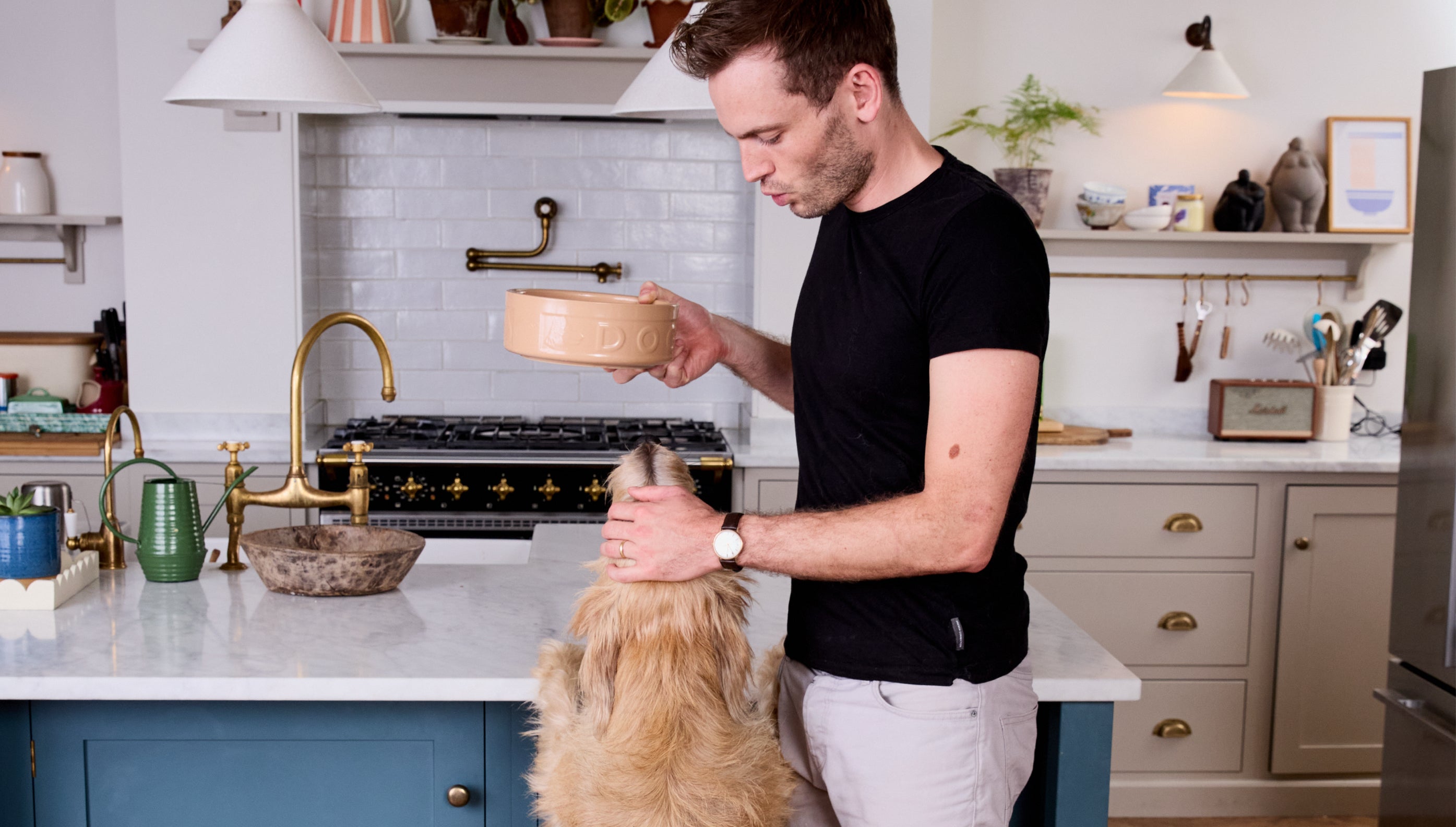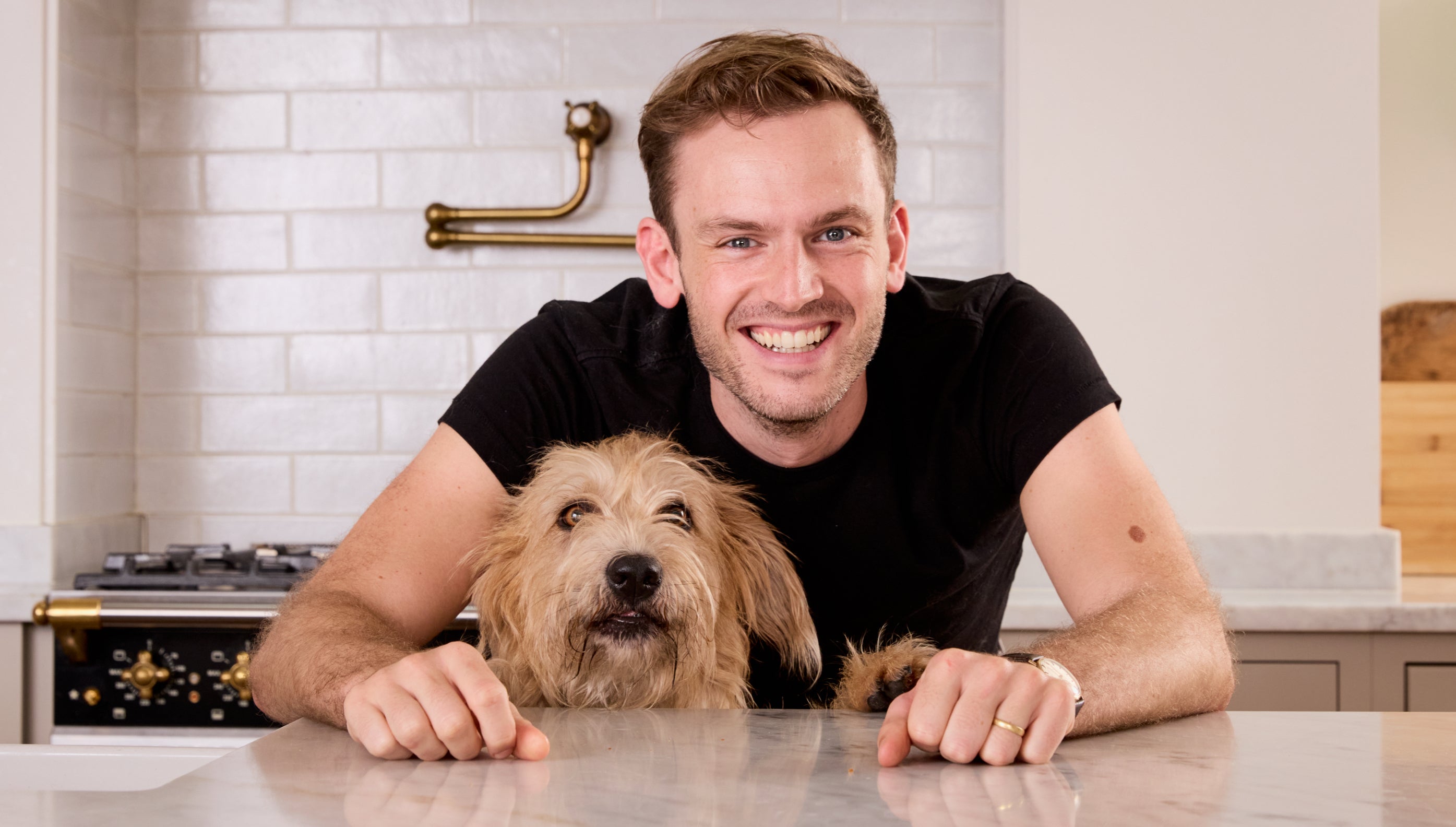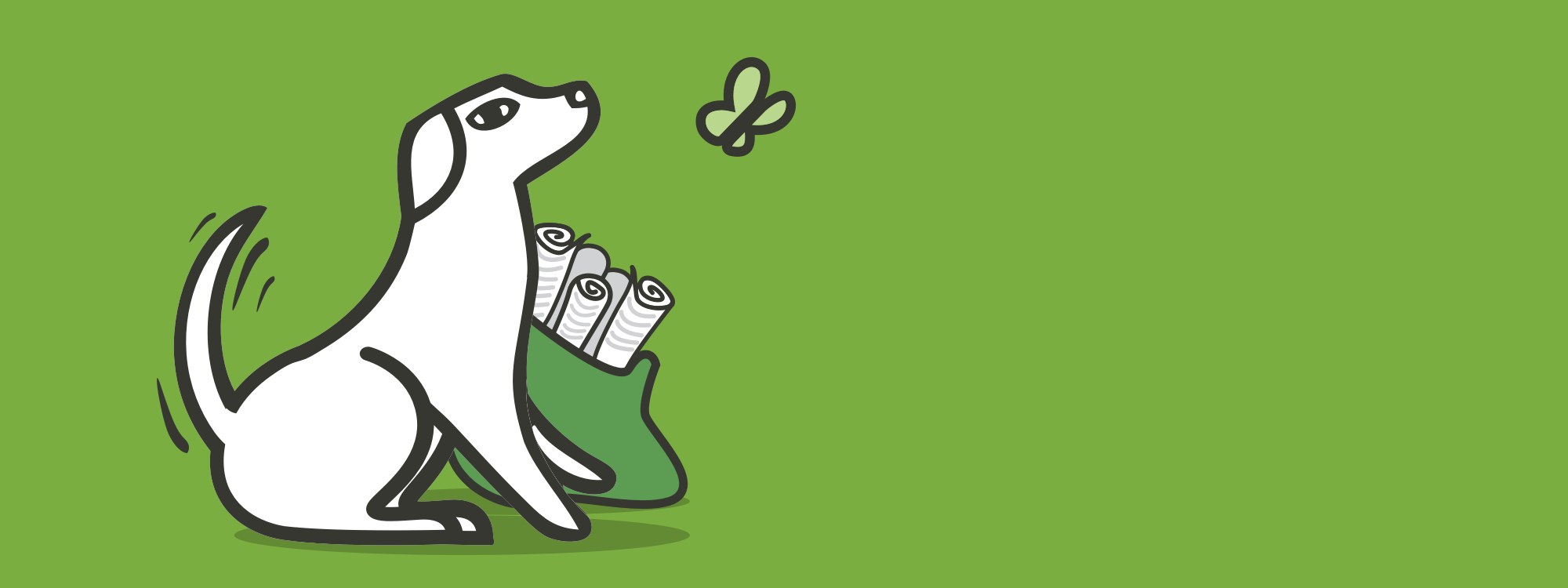Swede, the delicious root vegetable, usually mistaken to be a turnip and known in the USA as the rutabaga. A member of the cruciferous family, this veg is enjoyed by many of us. But can dogs eat swede? After all, our canine companions are allowed to eat a variety of vegetables, including carrots, broccoli and lettuce.
The short answer is yes, dogs can eat swede. Rory the Vet is here to explain in full, with guidance on how to safely feed it to your furry family.
MEET RORY THE VET

We’ve partnered up with animal whisperer and renowned veterinarian, Dr Rory Cowlam, to share his wisdom when it comes to all things furry. And boy, does this man know his stuff.
Starting with his degree from the Royal Veterinary College, Rory has since co-starred in the CBBC’s series The Pet Factor, shared his knowledge on the likes of Blue Peter and written all about it in his book, Secret Life of a Vet.
Follow him on Instagram
Does swede have any nutritional value for dogs?
Swede contains beneficial nutrients, including vitamins C . It's high in dietary fibre, which means it can be used as a low calorie stool bulker if needed.
Remember, vegetables should form part of a balanced diet.
Can dogs eat raw swede?
Now we've established that we can give our little friends swede, how do go about serving it? Can we give it to them raw? It should be fine to feed raw, but the benefits would likely be better if you cooked it first, so this is what we’d recommend.

How to introduce swede to your dog’s diet
To avoid any upset stomachs, I recommend the following instructions:
1. Start with small amounts
All new foods should be introduced to your dog’s diet gradually. Note that it should be a small addition, never more than 10%, fed alongside their regular food as part of a varied, balanced diet.
2. Cook it properly
Make sure the swede is fresh and washed, then gently boil or steam it, then mash it up ready for them to eat. This way you can maintain the nutrient content and still provide a low calorie, high fibre snack. Don’t add any seasoning; serve it plain.
3. Monitor for any adverse reactions
Swede is considered a low risk snack for dogs, but I would still always advise monitoring your dog’s gut health after they have eaten some. If your dog has diarrhoea or begins vomiting after you have just introduced a new food into their diet, stop feeding it to them and see if things settle.
4. Gradually increase the portion size
I would suggest giving your dog swede in very small amounts at first, monitoring their reaction as you go and never going beyond 10% of their daily food intake.

See your vet for further advice
This article should resolve any queries you may have about feeding your pooch swede, but if you have any concerns or further questions, make sure you consult with your vet, especially if your dog shows any adverse effects after feeding. Next up, it may be helpful for you to read up on my guide on foods to avoid feeding your dog. Otherwise, we hope your little friend enjoys their new nutritious swede snack!
The information in this article is intended as a guide to help pets and pet parents on their journey together. It is provided for educational and informational purposes only and is not meant as a substitute for professional advice from a vet, behaviourist, trainer or other professional. We encourage all pet parents to consult with their vet and/or behaviourist to ensure their pet’s specific needs are met.
Published on 06/02/2025
